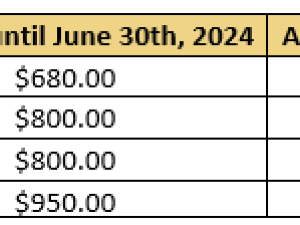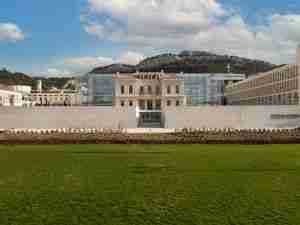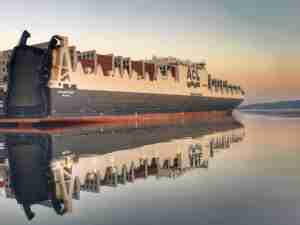A lack of world-class infrastructure and high port and inland costs continue to limit India's economic progress, a senior executive of global container transportation leader, APL, told a recent gathering of high-level shipping industry executives.
Addressing the Southern Asia Ports, Logistics and Shipping conference in Mumbai, APL President for South Asia, Kenneth Glenn, said that as global sourcing and manufacturing continues to shift to Asian locations, foreign investors will choose to invest near ports with world-class efficiency in port infrastructure.
According to Mr. Glenn, 'If India can develop thriving retail and manufacturing sectors to rival its services sector, the sky is the limit in terms of its economic potential. But currently, inadequate infrastructure and high costs are hurting its development as an exporter to the rest of the world.'
Mr. Glenn said that by late 2008, some 25% of world container ship capacity will be comprised of vessels of at least 6,000 teus, but India does not yet have a port that can handle this class of ship. 'Until India can develop these type of global class facilities, it will not fulfill its cargo carrying potential,' said Mr. Glenn.
Last year, Mumbai's Jawal Nehru Port Trust (JNPT) was the only Indian entry in the list of the world's top 100 container ports, at number 36, with Chennai next at 109. 'This suggests that investment in ports is too fragmented and spread across too many sites of insufficient scale,' said Mr. Glenn.
'When India's ports are assessed against the attributes of a world-class port, they do not stack up well, lacking many of the characteristics international ship operators look for in order to increase vessel calls.'
Mr. Glenn pointed out that the imbalance of container trade towards JNPT, which accounts for around 60% of total Indian volumes, is creating acute congestion.
However, he said that simply adding more port capacity at multiple locations is not the answer, citing a recent analysis conducted by leading industry analyst Drewry for APL (Connecting India: Transport Challenges and Opportunities, October 2005). 'The answer lies in the concentration of capacity, the building of critical mass, of gaining at least one, and preferably two, seats at the table of 'first-class' global hubs,' said Mr. Glenn.
India's export-driven progress is also hampered by some of the world's highest port and rail costs, according to Mr. Glenn. He cited the fact that the cost of transporting one teu one kilometer in India is 53% higher than in the United States.
Mr. Glenn also told the conference that rather than reducing costs, the proposed enactment of the Shipping Trade Practices Bill could cause a cascade of cost increases across the supply chain.
'The experience in other countries shows that a bureaucratic approach to the regulation of pricing will not have the intended effect of limiting costs, but will disadvantage India's global competitiveness,' he concluded.







